Video
What Is Automation Observability?
Gain unified visibility and proactively manage your workload to keep critical processes humming happily.

Video Transcript
Today we're going to talk about Automation Observability. If you're watching this video, you likely know that automation environments can be extremely complex. In any given organization, there are often multiple vendors and platforms participating in the automation landscape. There are typically hundreds of thousands, if not millions, of individual jobs executing every week.
Observability is essential—more importantly, meaningful observability that is directly related to business outcomes.
What Does Automation Observability Look Like?
Observability means different things depending on your role within an organization.
If you're an operator, the observability you're most interested in is:
-
What's happening right now.
-
Which jobs are in a failure state.
-
Which jobs are running longer than average.
-
Most importantly, which business services are impacted.
Predictions are also critical for this type of observability. You need to know not just what's happening right now but what’s expected to happen in the near future. Most critically, what impact will it have on the businesses you support so you can prioritize your efforts.
If you're a business owner, while you're also interested in real-time events, you're likely focused on long-term historical trends:
-
Which business processes have made or missed their SLAs in the last 12 months?
-
By how much?
-
Are any business processes experiencing performance degradation?
-
How can you report on the success or failure of critical automation services?
Having the ability to slice and analyze this data in multiple ways is crucial.
If you're an application developer, your observability needs are different. You likely need to identify bottlenecks in complex automation workflows. If you're optimizing an automation process, it's crucial to know where to focus your efforts.
Historical critical path analysis is an invaluable tool for this, as it helps pinpoint exactly where bottlenecks occur so you know where to optimize.
All of this and more is what we focus on with Automation Analytics & Intelligence by Broadcom.
|
Note: This transcript was generated with the assistance of an artificial intelligence language model. While we strive for accuracy and quality, please note that the transcription may not be entirely error-free. We recommend independently verifying the content and consulting with a product expert for specific advice or information. We do not assume any responsibility or liability for the use or interpretation of this content. |
